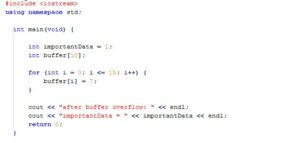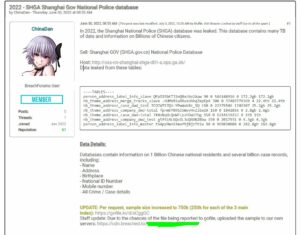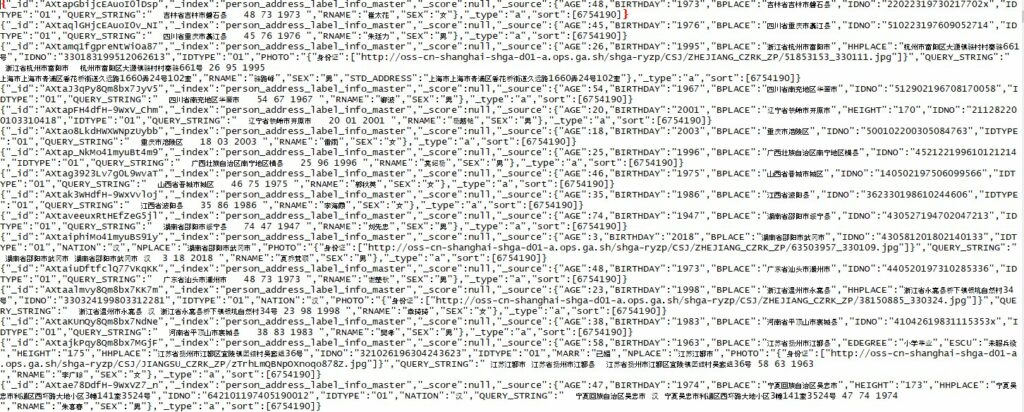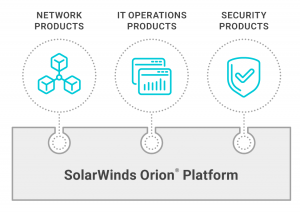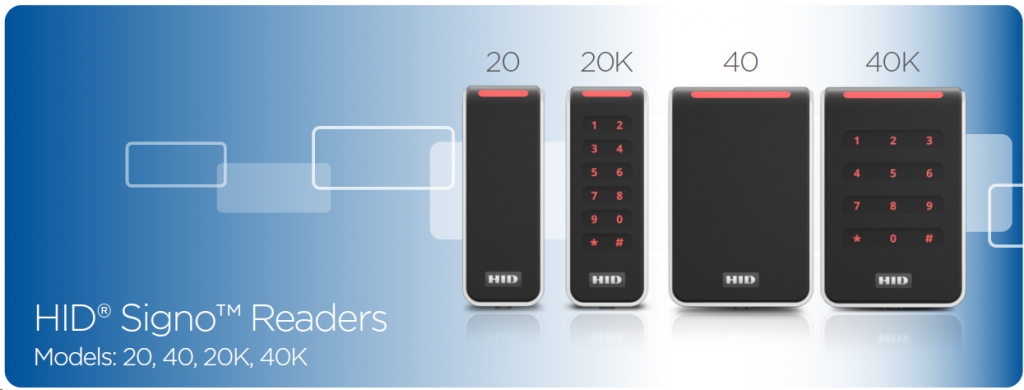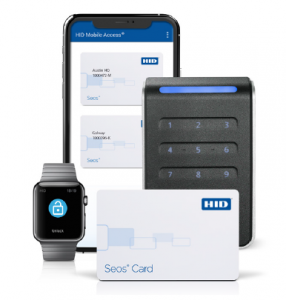Lockset Functions
Th is article was taken from another website and modified to add some additional details. I was looking online for some simple definitions of lockset types and found this page by The Flying Locksmiths. I have no connection to this business and they don’t even know who I am, but I liked the information so much I decided to post it here with a credit to them for the good work.
is article was taken from another website and modified to add some additional details. I was looking online for some simple definitions of lockset types and found this page by The Flying Locksmiths. I have no connection to this business and they don’t even know who I am, but I liked the information so much I decided to post it here with a credit to them for the good work.
Here is some common industry knowledge and terminology to help make you a more informed consumer:
(There are other functions outside these five, but they are far less common and only needed in special circumstances.)
1. Entry Lockset Function. This is the most common type of lock and chances are, you probably have them on your home or office now. An entry function lockset will have a small button or rotating lever on the inside of the knob/lever handle, allowing you to manually lock the door when you choose. Most types will allow you to push the button in or push it in and turn the button, causing the lock to remain locked, even after a key is inserted and used. You will most commonly find them on residential homes, on front and back doors. Deadbolt locks very common in homes and are auxiliary type locks that have a bolt that extends into the strike plate and supporting door jamb, activated by rotating lever knob or a key. Sometimes the key operation is on both sides of the lock.
2. Storeroom Lockset Function. This particular lock, is always locked and requires a key to be used each time you want to enter. There is no button on the inside and does not come with an option to leave the door open. It’s perfect for commercial uses, on a supply closet, because it will ensure that the door is locked, as long as it’s closed. You don’t want anyone stealing those pens and papers!
3. Classroom Lockset Function. Classroom function is used for exactly what you would think, a classroom! Much like to the storeroom function lockset, this lock does not have a button on the inside. However, it DOES have the ability to be left unlock, but ONLY with a key. A full turn will lock or unlock the knob/lever, allowing only the person with the correct key to leave the door open. It’s a great lock for anyone who doesn’t want to leave a door open, unless they authorize it to be.
4. Privacy Lockset Function. This lockset is used primarily in bathrooms and/or bedrooms, intended for the purpose its name suggests; privacy. They will most often have a small hole on the outside, and a push button on the inside. The small hole on the outside can be opened with any kind of pin or paperclip, simply by pushing it in. They are not designed to be used as a main locking device, but just a means to keep someone from walking in when you are using the bathroom or getting dressed in a bedroom.
5. Passage Lockset Function. This is hardly a “real” lock at all! This knob lever doesn’t actually lock, it just keeps the door latched to the frame, so they don’t blow around in the wind. You will commonly find them on closets in a home or doors that just don’t need to be locked in general. Some people will also use them on bedrooms, so you can close the door, but not lock it.
Posted in: Access Control, Company News
Leave a Comment (0) →
